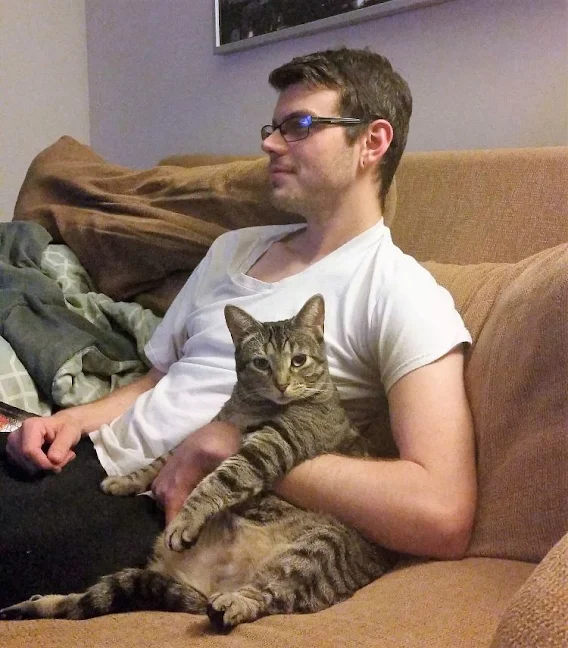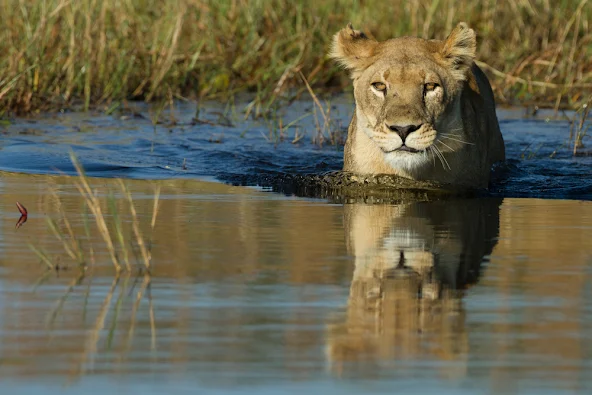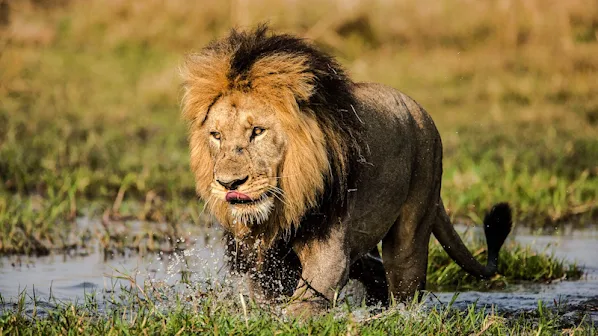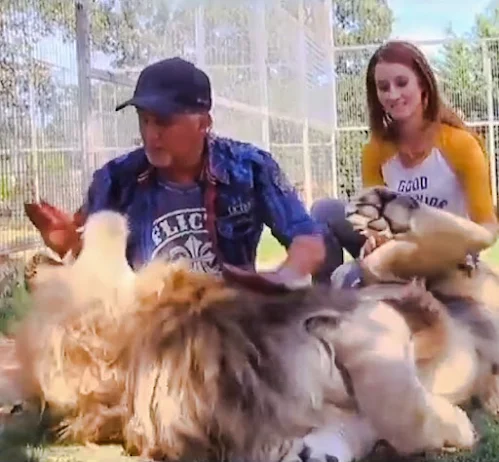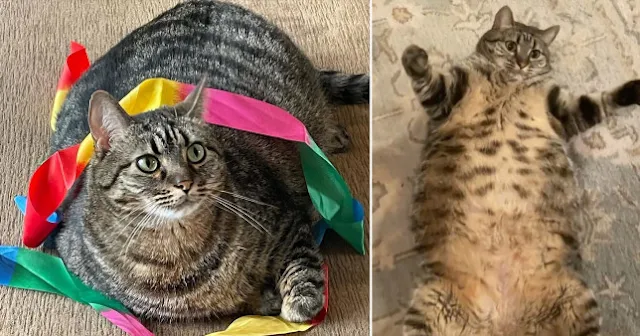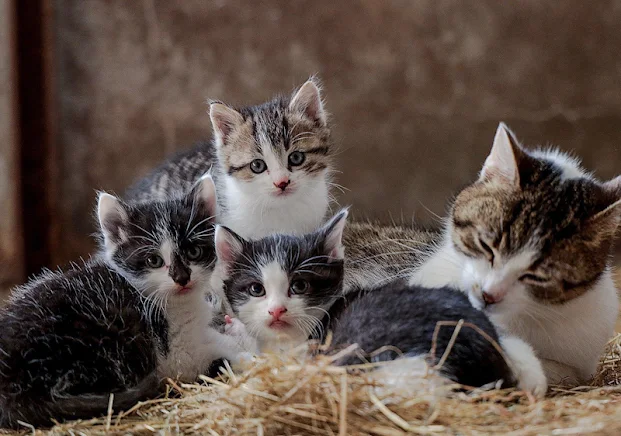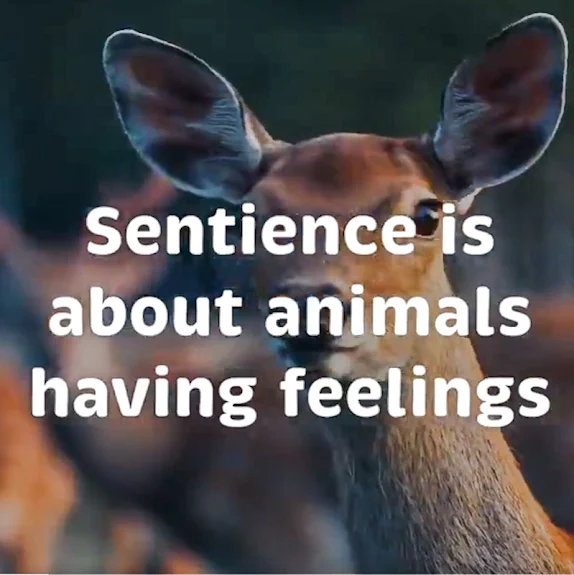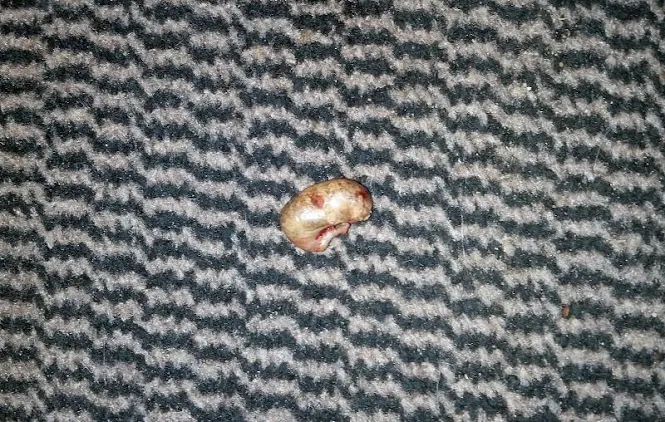A study about aggressiveness in domestic dogs confirms what I have believed for a long time, namely that the relatively small size of the domestic cat in relation to the size of humans is an underlying factor which influences our relationship. What I say is that the domestic cat lives with the human-animal which towers over him or her and this can make them feel vulnerable sometimes, which in turn can lead to an underlying level of anxiety which may manifest itself in terms of defensive aggression.
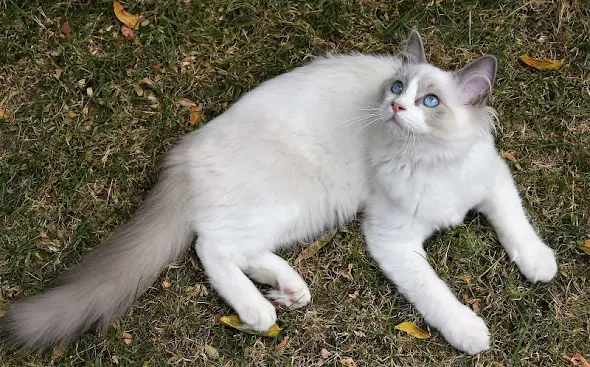 |
| Domestic cats often have to look up at their human towering over them. Photo: Pixabay. |
I think it is a plausible suggestion because if we imagine ourselves living with creatures 10 to 20 times bigger than ourselves it would certainly have an impact upon our sense of security, well-being and emotional state. It would have an impact upon the relationship in general.
It is up to human caretakers to ensure that they overcome this imbalance in size through a particularly gentle approach to interactions with the domestic cat companion. Also, it pays sometimes to get down to the same level as the domestic cat or to allow the cat to come up to the level of their human companion. The latter can be achieved if cat owners allow their cat to sleep on their bed with them. The human bed is a natural level up but it is sad to report that a lot of cat owners, even concerned cat owners, don't allow this.
The human bed is a natural place for a domestic cat to be. They can immerse themselves in the scent of their human and exchange this scent by depositing their scent onto the bed and receiving body odours of their human companions onto their fur. This is a delight for a domestic cat and it is reassuring.
So back to the dogs which I mentioned at the beginning of this article. A study that was conducted at the University of Helsinki found that in general the more aggressive dogs were the smaller ones while, conversely, the least aggressive were the larger dogs.
This, I would argue, fits in with the human analogy namely that men who are challenged vertically, to use politically correct language to be more aggressive than those who are tall or of normal height. The size and height of male humans is quite an important factor in their lives. The small individual needs to prove their worth and they can become more competitive, sometimes overly competitive and this can manifest itself in aggression. I think that is a fair analogy.
And another reason why domestic cat might become anxious because of vulnerability is because they depend entirely on their human caretaker. They put all their eggs into one basket. So they depend upon a giant to feed them, to keep them warm, to allow them to feel secure and provide emotional comfort. It's a slightly dodgy situation for a top predator to live with.
The most aggressive dogs are for example the miniature poodle, the miniature schnauzer, German shepherd, Spanish water dog, Chinese crested dog, for example while the least aggressive are dogs such as the Labrador retriever, golden retriever, Shetland sheepdog, Staffordshire bull terrier, Jack Russell terrier and the smooth collie.
So what can people do about this? At least be aware of it and modify behaviour when and where necessary to try and overcome this inherent physical barrier to the relationship. It certainly pays to get down to the level of your cat, sometimes. I know that in my personal experience my cat thoroughly enjoys it when I do this.
His behaviour changes and it is noticeable. And when he is on my bed with me, either with me in bed or on top of the duvet cover, it is noticeable that he likes it. The message is clear because he trills and purrs and demonstrates excitement. I think it is because I am at his level, at his height and no longer dominating him through my physical presence.


